Product design has always been at the forefront of innovation, shaping how we interact with the world around us. From the humble beginnings of handcrafted goods to the sophisticated digital experiences of today, product design has evolved remarkably. This journey through time highlights the pivotal changes in product design, explores the current landscape, and predicts the future trends that will shape the industry.
The Past: Handcrafted Beginnings to Industrial Revolution
Handcrafted Goods
In the early days, product design was synonymous with craftsmanship. Artisans meticulously created products by hand, focusing on functionality and aesthetics. Each item was unique, reflecting the skill and creativity of its maker. This era valued durability and quality, with designs often passed down through generations.
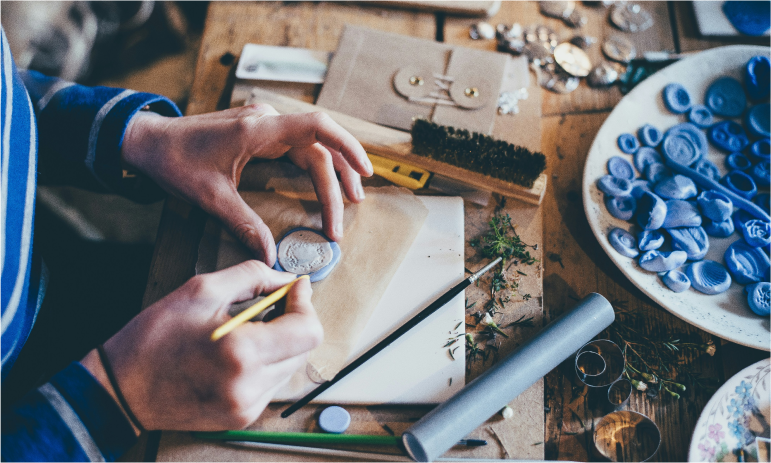
Industrial Revolution
The advent of the Industrial Revolution in the 18th century marked a significant shift. Mass production techniques revolutionized product design, making goods more affordable and accessible. This period saw the standardization of designs, with an emphasis on efficiency and uniformity. Iconic designs like the Ford Model T emerged, showcasing the power of industrial design.
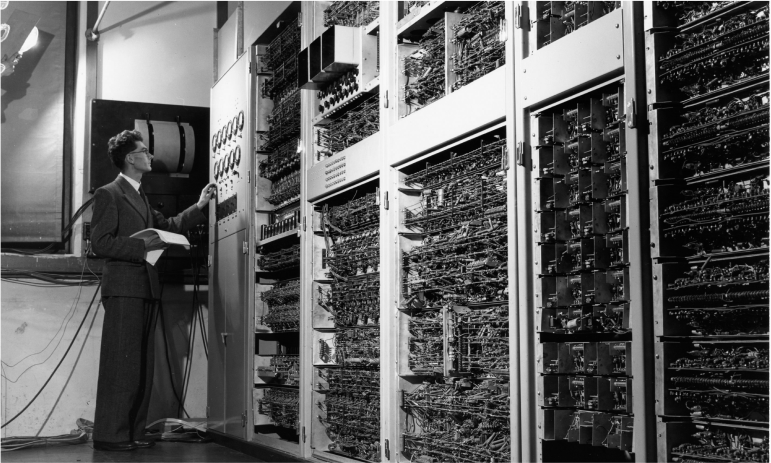
The Present: Digital Revolution and User-Centered Design
Rise of Digital Products
The late 20th and early 21st centuries witnessed another seismic shift with the digital revolution. The rise of computers, the internet, and mobile technology transformed product design. Physical products increasingly integrated digital components, and entirely new categories of digital products emerged.

User-Centered Design (UCD)
The focus of product design shifted dramatically towards the user. User-Centered Design (UCD) became the guiding principle, emphasizing usability, accessibility, and user satisfaction. This approach led to the development of intuitive interfaces and seamless user experiences, particularly in UI/UX design.

Mobile App Design and Website Design
Mobile app design and website design became critical areas of focus. Designers began to prioritize responsive design, ensuring that digital products functioned seamlessly across various devices and screen sizes. The importance of aesthetics in digital design grew, with UI design becoming a vital aspect of creating engaging and visually appealing products.
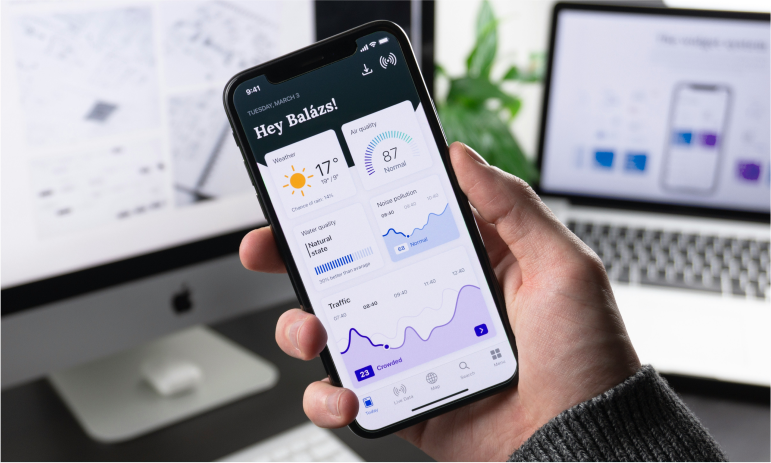
Landing Page Design
Landing page design also gained prominence, especially in the marketing world. Effective landing pages became crucial for conversions, requiring a delicate balance between visual appeal, clear messaging, and user-friendly navigation. This era highlighted the importance of design in driving business success.

The Future: Emerging Trends and Predictions
Artificial Intelligence and Machine Learning
Artificial intelligence (AI) and machine learning (ML) are poised to revolutionize product design. AI can analyze vast amounts of user data to provide personalized experiences, while ML algorithms can optimize design elements in real-time. This technology will enable designers to create hyper-customized products that adapt to individual user preferences.
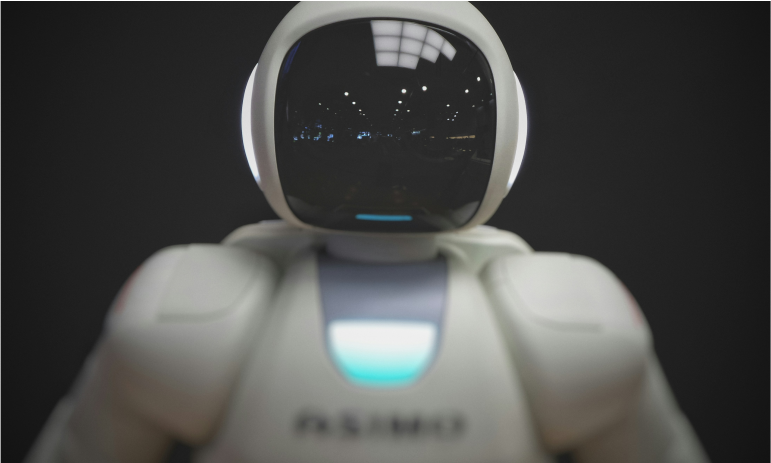
Augmented Reality (AR) and Virtual Reality (VR)
AR and VR technologies are set to transform how we interact with products. In the future, we can expect immersive design experiences where users can interact with products in virtual environments before making a purchase. This trend will blur the lines between physical and digital product design.

Sustainability and Ethical Design
As environmental concerns grow, sustainability and ethical design will become paramount. Designers will focus on creating products with minimal environmental impact, using sustainable materials and processes. Additionally, ethical considerations, such as data privacy and inclusivity, will shape design decisions.

Collaborative and Cross-Disciplinary Design
The future of product design will be more collaborative and cross-disciplinary. Designers will work closely with engineers, marketers, and data scientists to create holistic solutions. This integrated approach will foster innovation and result in more cohesive and impactful products.

Human-Centered AI
Human-centered AI will play a crucial role in the future of product design. By prioritizing human needs and values, designers can create AI-powered products that enhance rather than replace human capabilities. This trend will lead to more intuitive and empathetic design solutions.
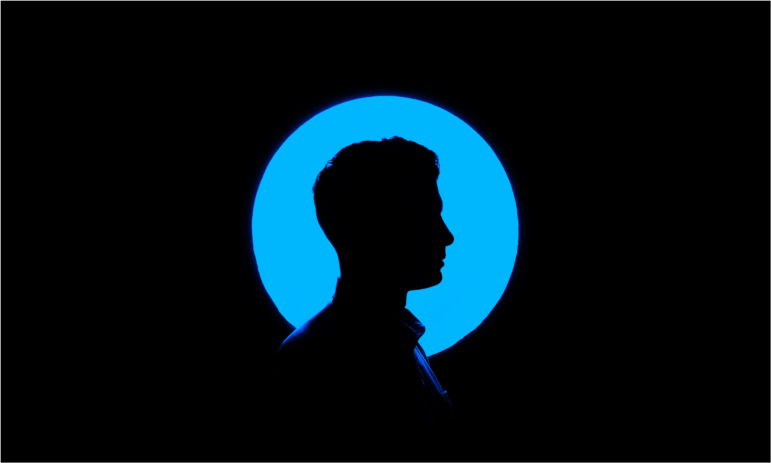
Conclusion
The evolution of product design reflects the dynamic interplay between technology, society, and user needs. From handcrafted goods to digital experiences, and from user-centered design to AI-driven personalization, the journey of product design is one of continuous innovation. As we look to the future, the integration of emerging technologies and a focus on sustainability and ethics will shape the next era of product design. By embracing these trends, designers can create products that not only meet user needs but also contribute positively to the world.


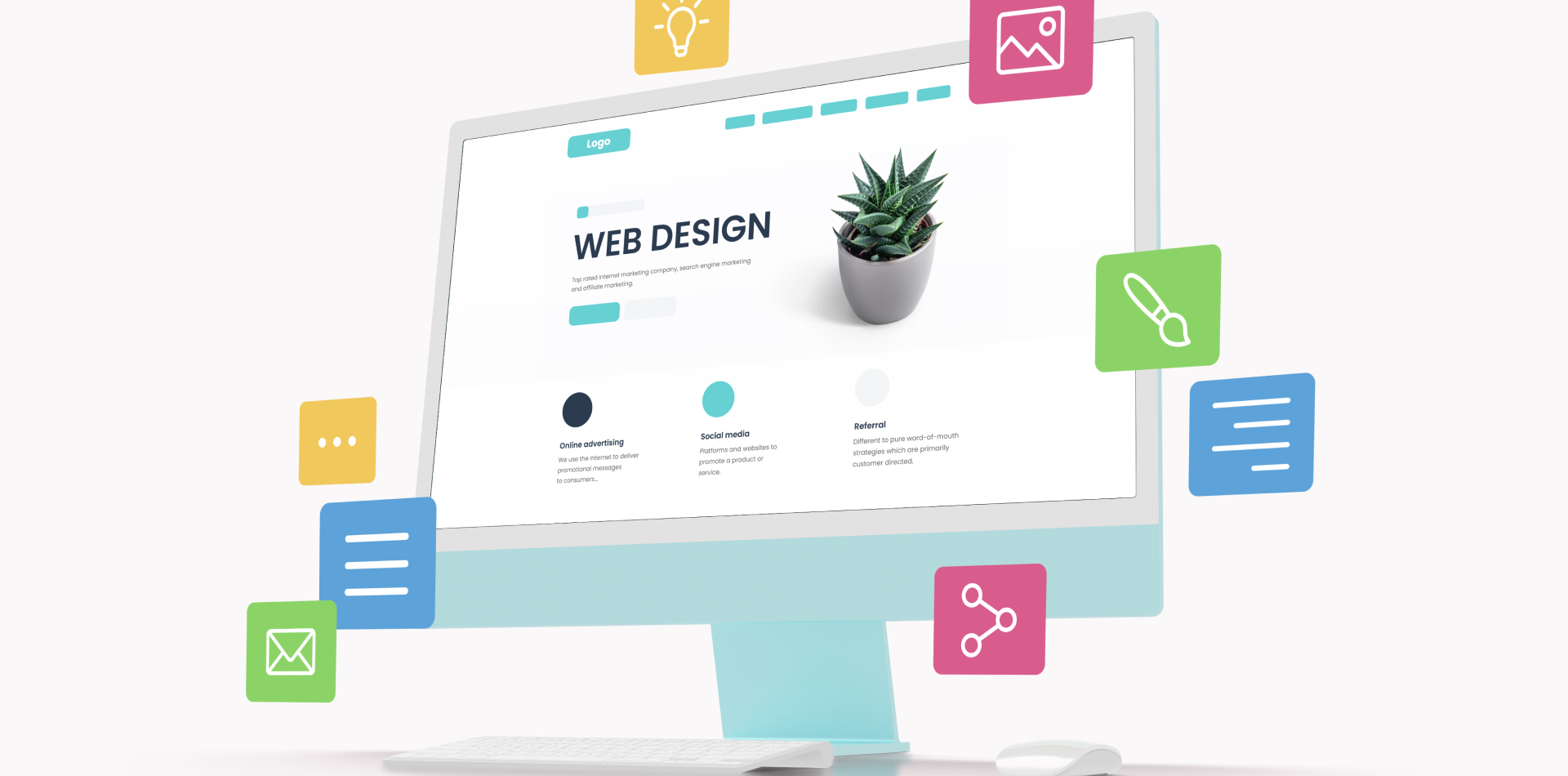
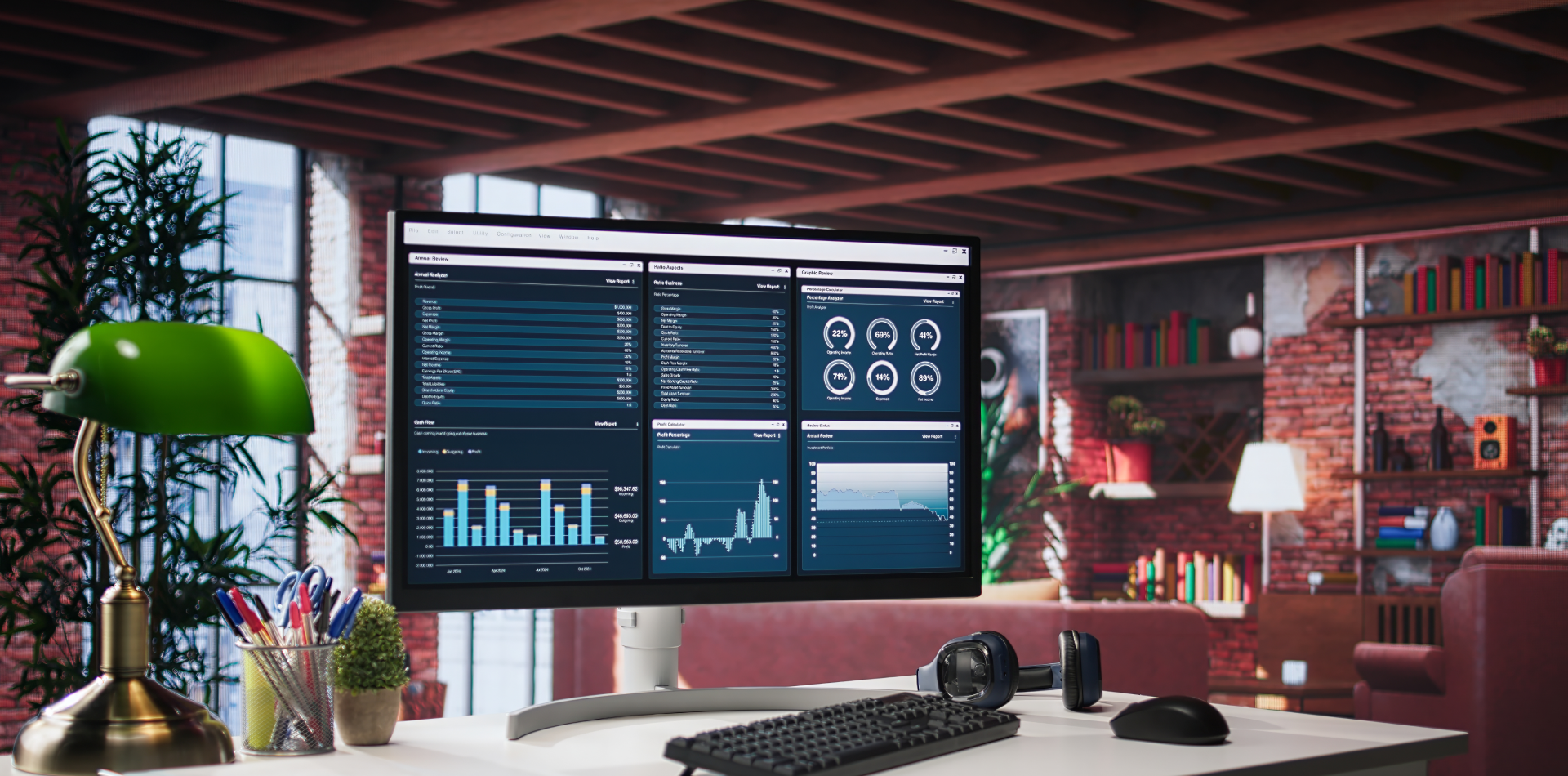
1 Comment
Awais
28 June 2024Best One